The term “ad group” usually surfaces in conversations regarding Google Ads. Haven’t heard of Google Ads? Here’s a quick guide to the beginning of Google and its pay-per-click advertising platform.
Google defines an ad group as “[a group that] contains one or more ads that share similar targets”. In summary, an ad group is the container within Google Ads that holds similar keywords and ads. To fully understand how to maximize your ad group’s performance, you’ll need to understand the basics of organizing a Google Ads account.
Thus enters the pantry analogy.
Nobody enjoys a disorganized pantry. Not only is a disorganized pantry painful on the eyes, it can also ruin your food. That’s right; did you know that storing avocados next to your bananas make both go bad faster?
The same applies to Google Ads and ad groups. If you have poorly organized ad groups, you are setting yourself up for failure. In this case, it’s not your avocado toast at stake but your hard-earned money.

Understanding Google Ads Account Structures

The first level we’ll look at is the account level; think of this as the whole pantry. A good rule of thumb is to have one website per Google Ads account. At the account level, you’ll take care of big picture settings like billing, user permissions, linked accounts, and conversions.
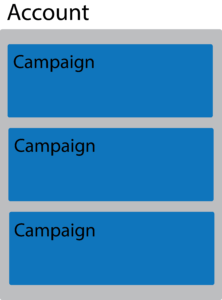
Next level down is campaigns, or the shelves in our pantry. Budget, bidding strategy, target location, and ad schedule (just to name a few) are all controlled at the campaign level. There are a lot of complexities that contribute to what campaign structure is best for your Google Ads account. Sebo’s written an article about an advanced “All-Star” campaign/keyword strategy which you can read here.
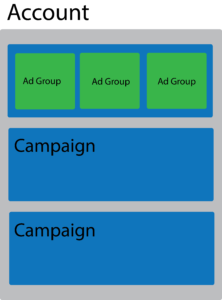
Finally we have ad groups, or the containers we put on each of our shelves. Ad groups contain keywords we want to bid on and their corresponding ads. At the ad group level you can control how much you want to spend per click on each keyword (depending on your bidding strategy), and you can add negative keywords (keywords you don’t want to bid on).
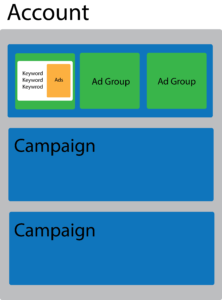
A best practice for creating ad groups is to pick a singular topic to target. Only keywords related to that topic should be included in the ad group, and these keywords should be used in the ad copy when possible.
Google also recommends having “at least 3 ads in each ad group and using optimized ad rotation”. This gives Google the ability to test different ads on different searches, and helps you identify which ads perform best.
Putting It All Together
Let’s use a real life example of a Google Ads account structure to put this into perspective.
Assume you own a bakery that specializes in cakes, pies, and brownies. The first step would be to create an account for your website. Within that account, you’ll organize your campaigns based on product areas, promotions, or themes. In this example we’ll create a campaign for each type of product we sell: cakes, pies, and brownies.
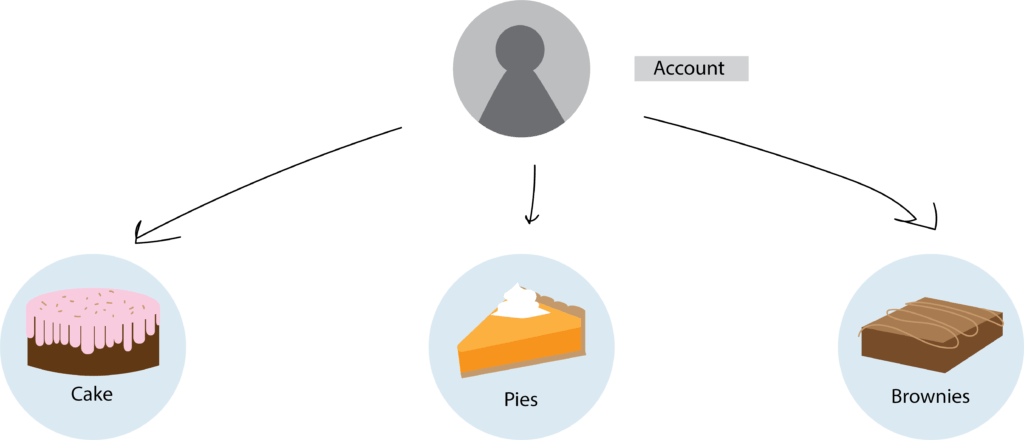
Next we will create ad groups based on the different categories for each product. In the cake campaign we’ll create an ad group for chocolate and vanilla cakes. In the pie campaign, we’ll create ad groups for pumpkin, apple, etc.
Lastly, we’ll add keywords specific to each of the products in the corresponding ad groups and create ads.
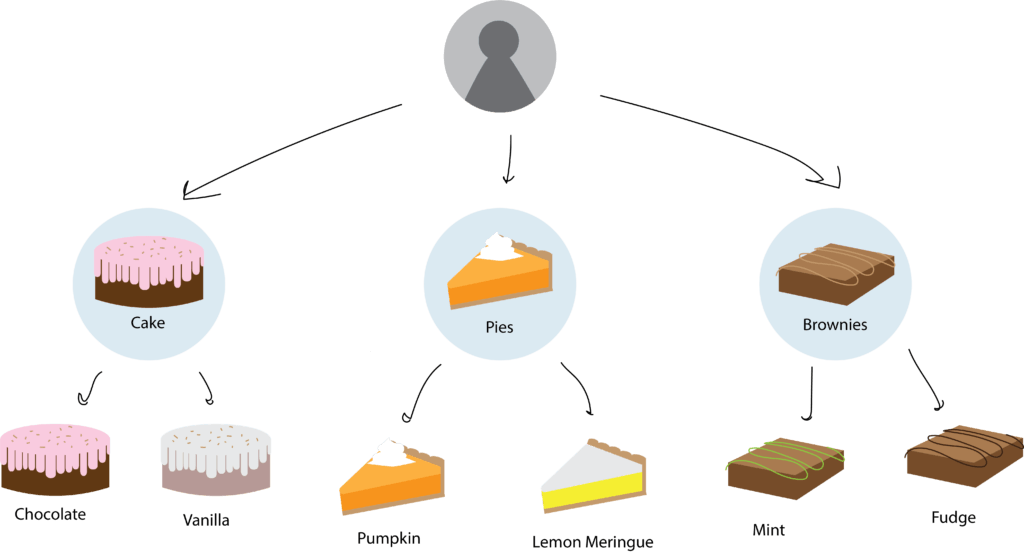
Just as an organized pantry is vital to any successful bakery, well-organized ad groups are vital to any successful Google Ads account. By focusing your ad groups around a singular topic, you’ll have better control over what keywords you bid on and what ads are shown.
The best campaign and ad group structure for your Google Ads account will depend on your business. However, if you follow the general principles outlined above, you’ll avoid common beginner mistakes which can end up costing you a lot of money and avocados.
Not sure where to start? Schedule a free consultation with one of Utah’s top PPC experts. Fill out the form on the right or give us a call.
